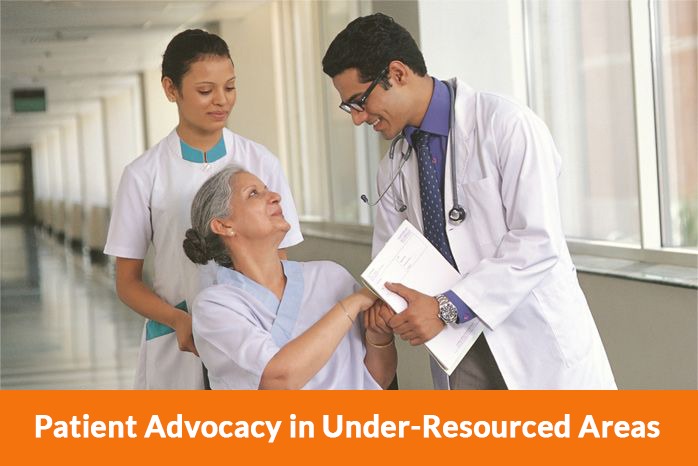Access to quality healthcare is a fundamental right, yet many individuals in under-resourced areas face significant challenges in obtaining it. Limited medical facilities, shortages of healthcare professionals, and financial constraints often prevent people from receiving timely and appropriate care. Patient advocacy plays a crucial role in helping individuals overcome these barriers, ensuring they receive the care they need and deserve.
What Is Patient Advocacy?
Patient advocacy refers to efforts aimed at supporting and representing the interests of individuals navigating the healthcare system. Advocates work to ensure that patients’ rights are respected, their needs addressed, and that they receive fair, equitable care. This role becomes particularly critical in under-resourced areas, where systemic barriers can hinder access to even basic medical services.
Barriers to Care in Under-Resourced Areas
Geographical Limitations
In rural and underdeveloped regions, medical facilities are often sparse, and patients may need to travel long distances to access healthcare services, causing delays in treatment. A lack of specialized care exacerbates the situation, leaving many without access to essential services.
Financial Constraints
Healthcare costs can be prohibitive for those in under-resourced areas. Limited access to health insurance and low household incomes often force patients to forgo necessary treatments, medications, or doctor visits due to financial hardship.
Shortage of Healthcare Providers
Many under-resourced areas face a shortage of qualified healthcare professionals, including doctors, nurses, and specialists. This shortage leads to overcrowded facilities, longer wait times, and diminished quality of care.
Cultural and Language Barriers
Cultural differences and language barriers can obstruct communication between patients and healthcare providers. Misunderstandings regarding diagnoses or treatment plans may result in suboptimal care or unmet medical needs.
Limited Health Literacy
Health literacy—the ability to understand health information and make informed decisions—is often lower in under-resourced areas. Patients may lack awareness of their rights, preventive care measures, or treatment processes, contributing to poorer health outcomes.
The Role of Patient Advocacy
Patient advocates in under-resourced areas bridge gaps between individuals and the healthcare system, empowering patients to access care and take charge of their health.
Navigating the Healthcare System
Advocates assist patients in understanding insurance options, accessing financial assistance programs, and identifying available healthcare resources within their community.
Facilitating Access to Care
They help patients find providers, schedule appointments, and arrange transportation to healthcare facilities—critical support for those in remote areas. Advocates also connect patients to telemedicine services, expanding access to care.
Promoting Health Literacy
Educating patients about their conditions, treatment options, and preventive measures is a core aspect of advocacy. By enhancing health literacy, advocates empower patients to make informed choices and take an active role in managing their health.
Addressing Cultural and Language Barriers
Advocates act as intermediaries between patients and providers, facilitating communication and ensuring that cultural sensitivities and language needs are respected.
Fighting for Policy Change
Advocates often push for systemic improvements, lobbying for increased funding, better infrastructure, and policies that address the specific needs of marginalized communities.
Overcoming Barriers: Success Stories
Mobile Clinics and Telemedicine
Mobile clinics have become a lifeline in areas with limited healthcare infrastructure, bringing essential services such as vaccinations and health screenings to underserved populations. Telemedicine has also proven to be a game-changer, allowing patients to consult with specialists remotely, regardless of their location.
Community Health Workers
Community health workers (CHWs) serve as frontline advocates, bridging gaps between healthcare providers and patients. Often members of the communities they serve, CHWs are uniquely positioned to understand local challenges and provide culturally relevant care.
Financial Assistance Programs
Patient advocates connect individuals with sliding-scale clinics, charity care, and nonprofit organizations that help cover medical expenses. By easing the financial burden, these programs ensure that cost does not become a barrier to essential care.
Why Patient Advocacy Matters
In under-resourced areas, patient advocacy is not just important—it is essential. Advocates help dismantle the barriers preventing individuals from accessing healthcare, ensuring that vulnerable populations receive the medical attention they need. By providing education, support, and guidance, advocates empower patients to take control of their health, ultimately improving outcomes and enhancing quality of life


Leave a Reply